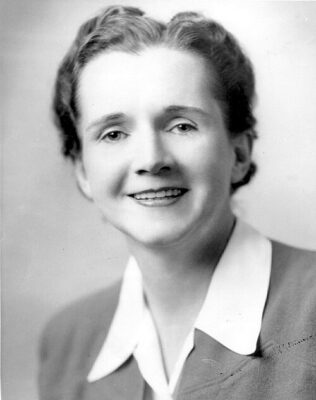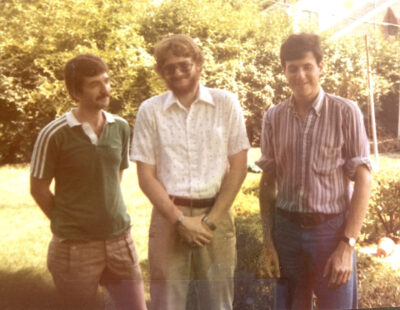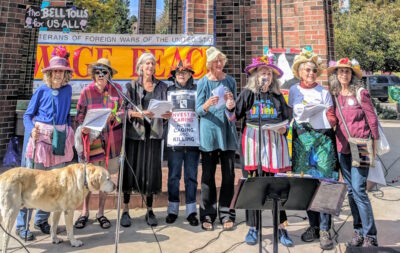
Will Small Modular Reactors Save Nuclear Power?
with Prof. Allison Macfarlane, former chair of the U.S. Nuclear Regulatory Commission
Nuclear power is being touted as a way of providing clean energy, reducing greenhouse gas emissions and paving the way to a zero-emission future. There is talk of a “nuclear renaissance,” with small modular reactors (SMRs) replacing the gigawatt nuclear behemoths of the past, quickly and at much lower cost. But the United States’ experience with nuclear, now going back 70 years, turned out to be much more costly than predicted. The country’s one hundred or so operating reactors have generated prodigious quantities of highly radioactive spent fuel that is being stored in so-called swimming pools and caskets adjacent to the plants that produced it. Blame politics, if you will, but it remains waste. And only a month ago, a federally subsidized deal to build a cluster of six SMRs in Idaho collapsed, due to cost overruns and construction delays. So, is that renaissance real or just hope and hype?
To find out more, join host Ronnie Lipschutz for a conversation with Professor Allison Macfarlane, Director of the School of Public Policy and Global Affairs at The University of British Columbia. Dr. Macfarlane was chair of the U.S. Nuclear Regulatory Commission from 2012-2014. She holds a PhD in Geology from MIT, was a member of the Blue Ribbon Commission on America’s Nuclear Future, which addressed the 70-year old challenge of radioactive waste disposal, about which she continues to write.












